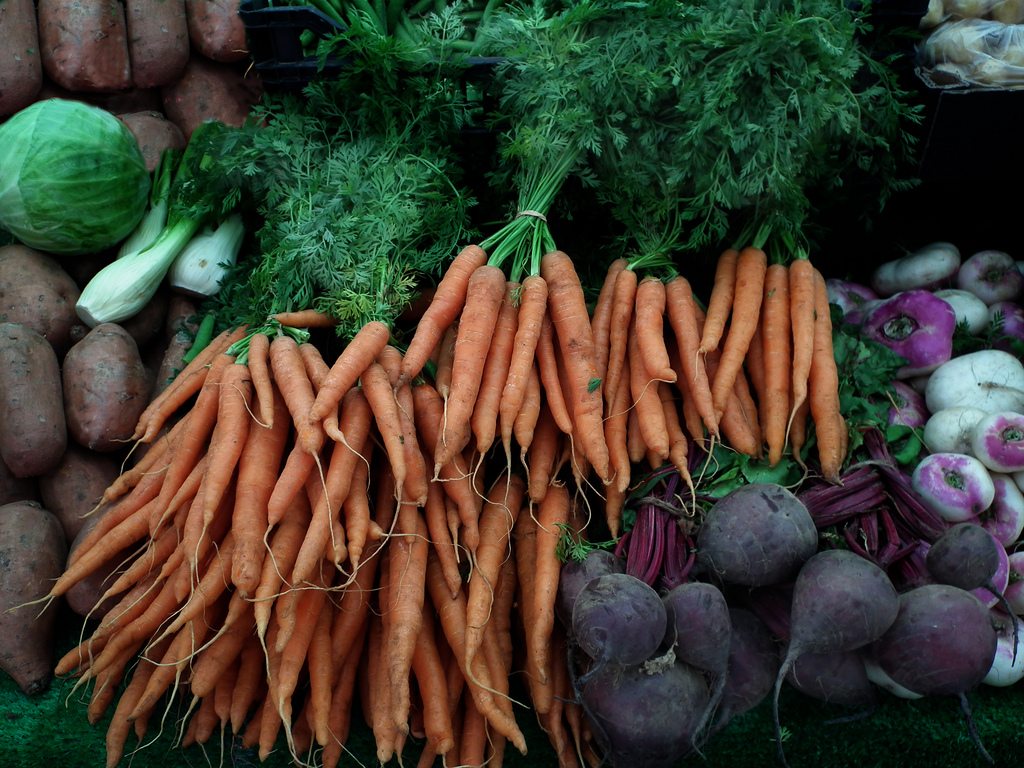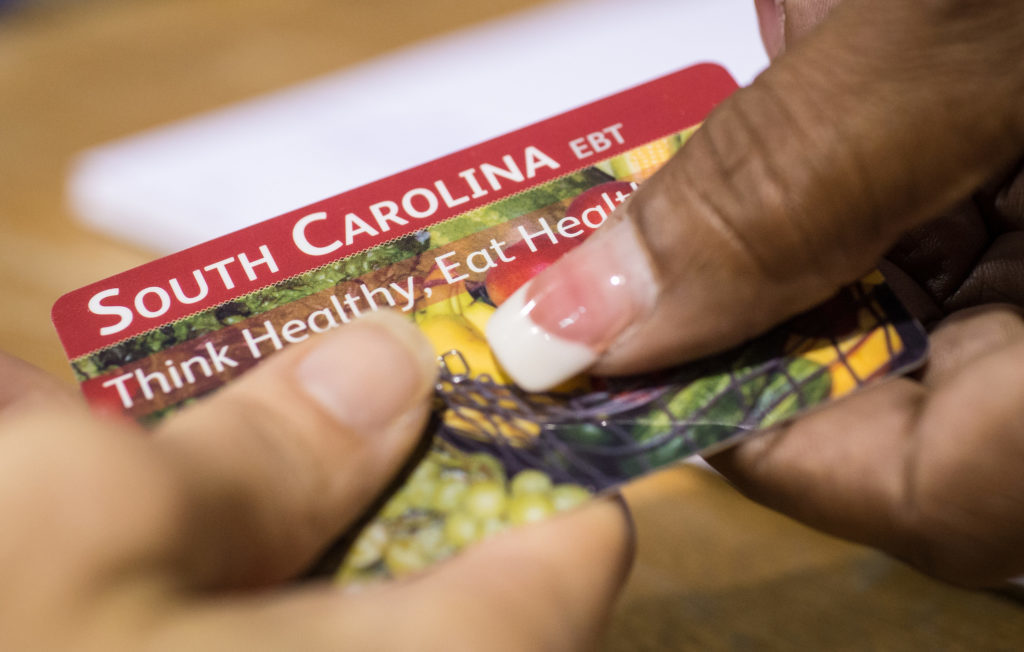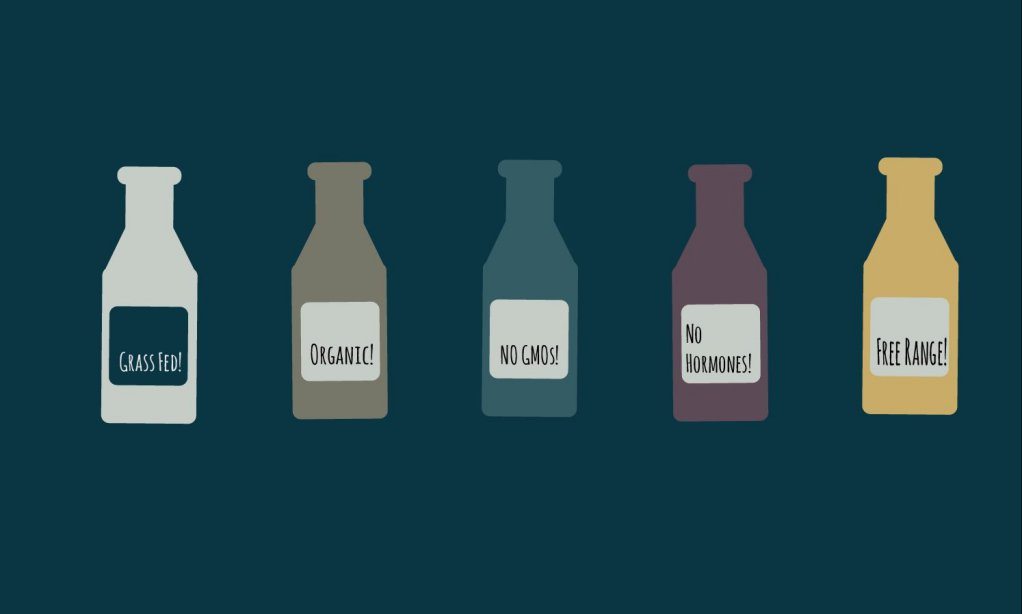As President Trump prepared to sign the farm bill on Thursday morning, the United States Department of Agriculture (USDA) released a rule that will likely force many more food stamp recipients to prove they’re working if they want to continue receiving aid. The move is seen by some as a new and improved way to appease Republicans who had aggressively stumped for the farm bill to go further in imposing work requirements on people using the Supplemental Nutrition Assistance Program (SNAP).
Brandon Lipps, administrator of USDA’s Food and Nutrition Service, said on a press call Wednesday night that the change is meant to “reward more Americans with the virtue of work.” Those affected by the new rule will include single adults without children (officially termed Able-Bodied Adults Without Dependents, or ABAWD), who aren’t exempt from work requirements for other reasons, a category that included 2.8 million people in 2016, Lipps said. The agency estimates this change will affect 775,000 people by 2020.
On the same call, USDA Secretary Sonny Perdue said that the farm bill represented a missed opportunity to strengthen work requirements, adding that “because of a permissive regulation that allows states to grant waivers to wide swaths of their populations, these are people who could work who continue receiving SNAP benefits.” This new rule is an attempt to “make improvements to SNAP through the regulatory process,” he said.
The change is meant to “reward more Americans with the virtue of work.”
The change will also crack down on states’ ability to request exemptions from an existing rule that kicks ABAWDs out of the food stamps program after three months if they are unemployed. Lipps estimated that change will mean 75 percent of the areas currently using waivers will not be waived in the future.
In 1996, Congress passed a law that limited food stamp usage for ABAWDs to three months out of every three years if they remained unemployed. Recognizing that the rule may have been too strict to accommodate periods of widespread economic change, it did permit states to apply for waivers to temporarily suspend the time limit during stretches of high unemployment. Since the 1990s, the waivers have been implemented pretty broadly. During the global recession of 2008, for instance, Congress voted to suspend the three-month rule countrywide. According to an analysis conducted by the Center for Budget and Policy Priorities, about a third of Americans have lived in a waived area at any given time since 1996.
The new rules limit these waivers in several different ways, and the cumulative effect is likely to subject a large swath of previously-exempt SNAP users to stricter work requirements. Lipps did not share a specific estimate of the number of people impacted.
The first part of the rule eliminates statewide waivers. This will affect the seven territories: Alaska, Washington, D.C., Guam, Louisiana, Nevada, New Mexico, and the Virgin Islands, all of which currently use blanket exemptions. States and territories will now have to apply for piecemeal waivers based on local unemployment rates. Twenty-nine states already use these partial waivers. On the call, Lipps accused states of “gerrymandering” their waiver regions in order to maximize the reach of their waiver requests, adding that the new rules limit waivers to individual counties in regions that are “economically tied together,” as defined by the Department of Labor (DOL). This labor market area proposal was explicitly championed by an op-ed from conservative think tank The Heritage Foundation, published two days before the agency made its announcement.
Here’s where it gets more complicated. Right now, there are two ways the government determines whether or not a particular locale has a sufficiently high level of unemployment to make it eligible for a waiver. Its unemployment rate can be either above 10 percent over the last 12 months, or it can have a rate of unemployment that’s 20 percent higher than the national average over the last two years. Areas where unemployment is 20 percent above the national average are officially designated Labor Surplus Areas (LSAs), and there were 985 of them at the start of fiscal year 2019. In the past, these LSAs have automatically been eligible for SNAP waivers.
But that’s going to change. The new rules ditch LSAs entirely, in favor of a single, flat unemployment rate: 7 percent. If a particular locale has 7 percent unemployment or higher, it will be eligible for a waiver. That threshold is higher than the 6 percent currently used to define this year’s Labor Surplus Areas.
This could be a consolation prize for Republicans who pushed to expand work requirements much more drastically in this farm bill.
That may not sound like much. After all, how many people could a 1 percent difference between the current unemployment threshold for an LSA and the new unemployment threshold for a SNAP waiver really affect? But consider this: In order to be eligible for a waiver under the new rules, a city or county will now have to have an unemployment rate 50 percent above the national average for fiscal year 2019.
The rule makes a couple of other changes, too: states that don’t use discretionary work requirement exemptions won’t be allowed to roll them over, and waivers will be limited to one year instead of two. Lipps said waivers will also require gubernatorial approval.
Still, this could be a consolation prize for Republicans who wanted to expand work requirements much more drastically in this farm bill. (Had the House version passed, the changes would likely have had a much larger impact on SNAP users.) Still, we don’t yet know about the broader impacts of this change.
The new rule will soon be published in the federal register and will be open for public comment for 60 days.
Correction: An earlier version of this story incorrectly stated that 3.8 million ABAWDs would lose SNAP benefits under USDA’s plan. The correct number is 2.8 million.











